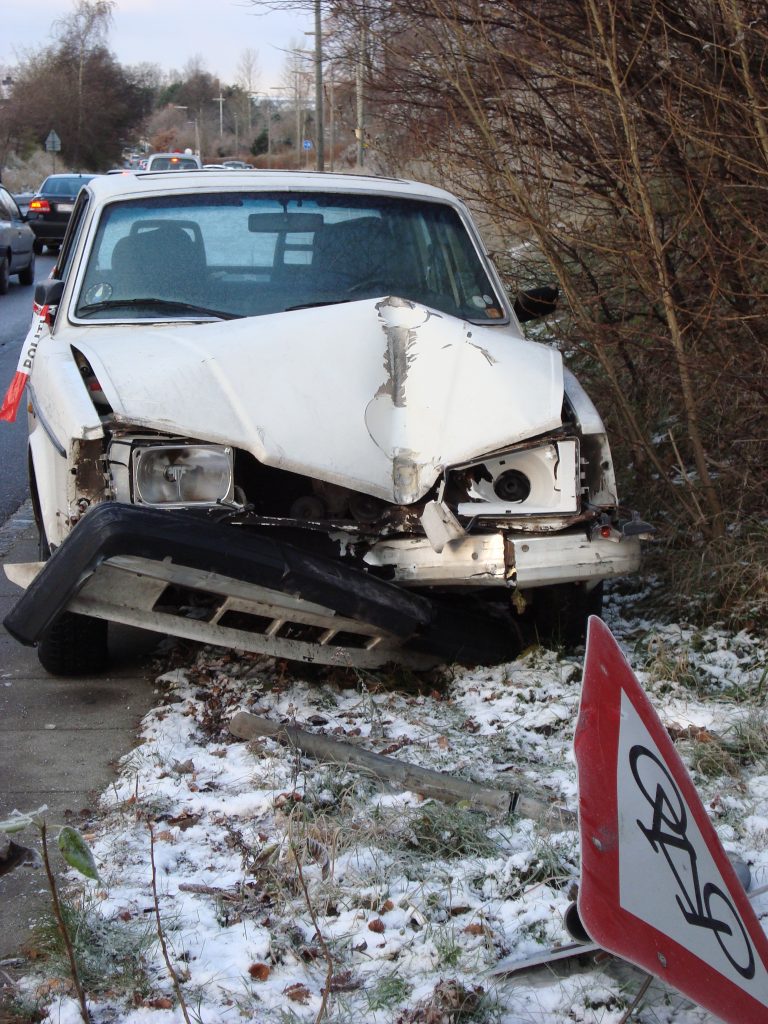 Collision insurance covers car damages caused by driving-related accidents. For example, colliding into an object or another car, whether the insured driver caused this accident or not, are covered damages. Due to this breadth of possibilities, insurance companies write strict requirements into their policies, including the need to have a valid driver’s license on hand during an accident. A recent case in Louisiana involved Affirmative Insurance Company (“Affirmative”) denying collision coverage to an insured driver who did not have his license on him during a car accident on the intersection of Lapalco Blvd. and Ames Blvd. in Marrero, Louisiana.
Collision insurance covers car damages caused by driving-related accidents. For example, colliding into an object or another car, whether the insured driver caused this accident or not, are covered damages. Due to this breadth of possibilities, insurance companies write strict requirements into their policies, including the need to have a valid driver’s license on hand during an accident. A recent case in Louisiana involved Affirmative Insurance Company (“Affirmative”) denying collision coverage to an insured driver who did not have his license on him during a car accident on the intersection of Lapalco Blvd. and Ames Blvd. in Marrero, Louisiana.
Darryl Parker bought an Affirmative auto insurance policy for his 2001 BMW in 2013 with a $500 collision coverage deductible. At the time, Mr. Parker told the Affirmative agent that he had no valid driver’s license; however, the agent assured Mr. Parker that he could still purchase the policy without one. Mr. Parker was subsequently involved in a collision. Affirmative denied covering Mr. Parker due to his not having a license at the time of the accident, and Mr. Parker filed a lawsuit against Affirmative. Affirmative argued that a clause in the insurance contract barred coverage, while Mr. Parker argued that this provision should be void because Affirmative sold him insurance knowing that he was unlicensed at the time.
The Louisiana trial court granted Affirmative’s motion to dismiss the case; Mr. Parker appealed, and the issue before the Louisiana Fifth Circuit Court of Appeal (“the Court”) was whether the “barring” clause in the insurance policy was enforceable.
 Louisiana Personal Injury Lawyer Blog
Louisiana Personal Injury Lawyer Blog


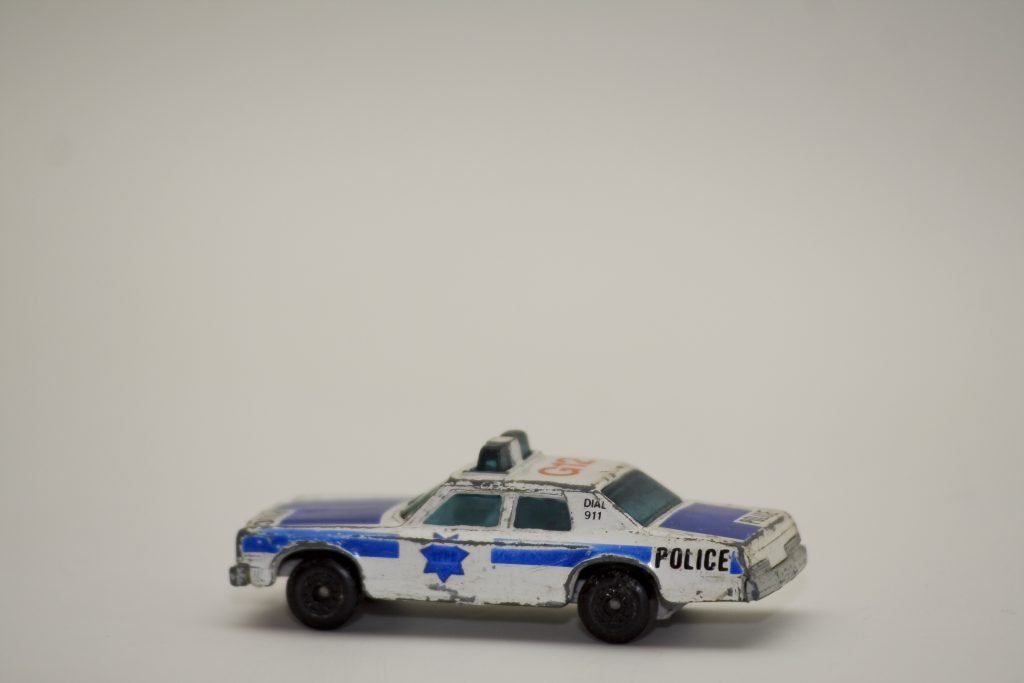 Car accidents can have long-lasting effects that are not immediately apparent at the time of the accident. Victims may initially report that they do not suffer from pain, only to be struck with it days, weeks, or even months later. This pain can have debilitating effects on one’s current and future career, as well as on one’s mental well-being and relationships with others. If a victim is not careful with the doctor he or she chooses or the actions he or she takes, a jury may dispute the damages (money) a victim may be entitled to. If a personal injury case makes it to court, it is best to reach the ideal verdict at the trial court level, rather than at the appeals level. The following case illustrate this.
Car accidents can have long-lasting effects that are not immediately apparent at the time of the accident. Victims may initially report that they do not suffer from pain, only to be struck with it days, weeks, or even months later. This pain can have debilitating effects on one’s current and future career, as well as on one’s mental well-being and relationships with others. If a victim is not careful with the doctor he or she chooses or the actions he or she takes, a jury may dispute the damages (money) a victim may be entitled to. If a personal injury case makes it to court, it is best to reach the ideal verdict at the trial court level, rather than at the appeals level. The following case illustrate this. If you are at school or work and notice several people who are soaking wet and wearing rain jackets, you would not have to be a detective or even a good lawyer to confidently make the judgment that it’s raining outside. Similarly, the legal concept of summary judgment used by courts is when the undisputed facts surrounding a claim lead to a court concluding the lawsuit as a matter of law, not facts. When that concept is applied to only certain elements or portions of a case or claim, it is called partial summary judgment. Partial summary judgment and its effects were of primary importance for a Baton Rouge, Louisiana, woman’s case.
If you are at school or work and notice several people who are soaking wet and wearing rain jackets, you would not have to be a detective or even a good lawyer to confidently make the judgment that it’s raining outside. Similarly, the legal concept of summary judgment used by courts is when the undisputed facts surrounding a claim lead to a court concluding the lawsuit as a matter of law, not facts. When that concept is applied to only certain elements or portions of a case or claim, it is called partial summary judgment. Partial summary judgment and its effects were of primary importance for a Baton Rouge, Louisiana, woman’s case.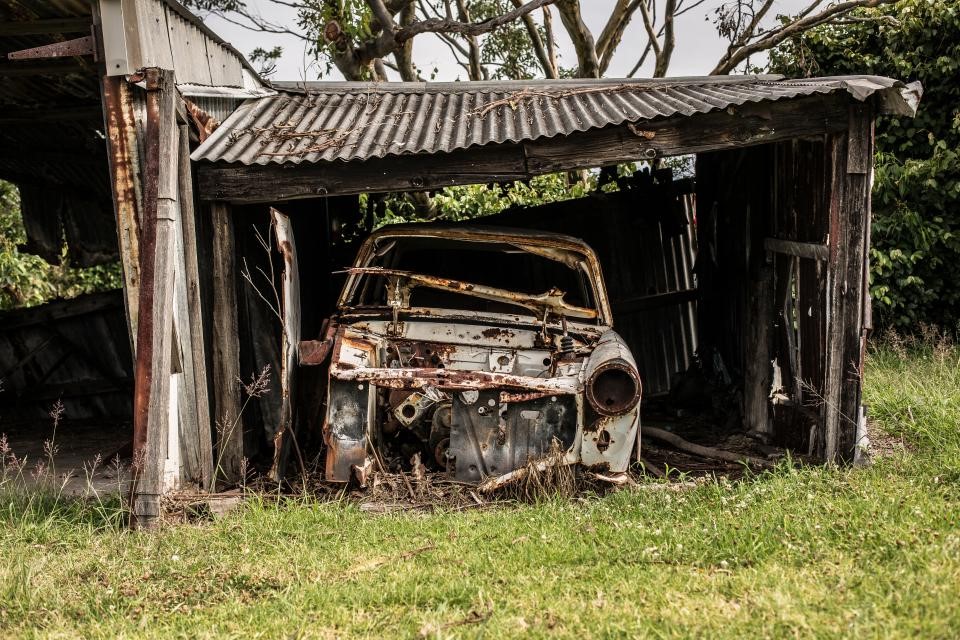 Life deals some people a tough hand. For Geneva Fils, a Louisiana infant in the foster care system, a car crash and severe injuries followed by a lengthy lawsuit added to her list of problems.
Life deals some people a tough hand. For Geneva Fils, a Louisiana infant in the foster care system, a car crash and severe injuries followed by a lengthy lawsuit added to her list of problems.  When an employee is in an accident while driving the company’s car, is the company’s insurer liable? Generally, an employer is liable for employee accidents when driving a company car for employment duties. This can be difficult to determine in situations such as when an employee is on call and operating a company car, when the employee drives the company car at night, or when the employee drives the car on a personal errand with passengers. An accident involving St. Tammany Parish helped shed light on these issues.
When an employee is in an accident while driving the company’s car, is the company’s insurer liable? Generally, an employer is liable for employee accidents when driving a company car for employment duties. This can be difficult to determine in situations such as when an employee is on call and operating a company car, when the employee drives the company car at night, or when the employee drives the car on a personal errand with passengers. An accident involving St. Tammany Parish helped shed light on these issues. 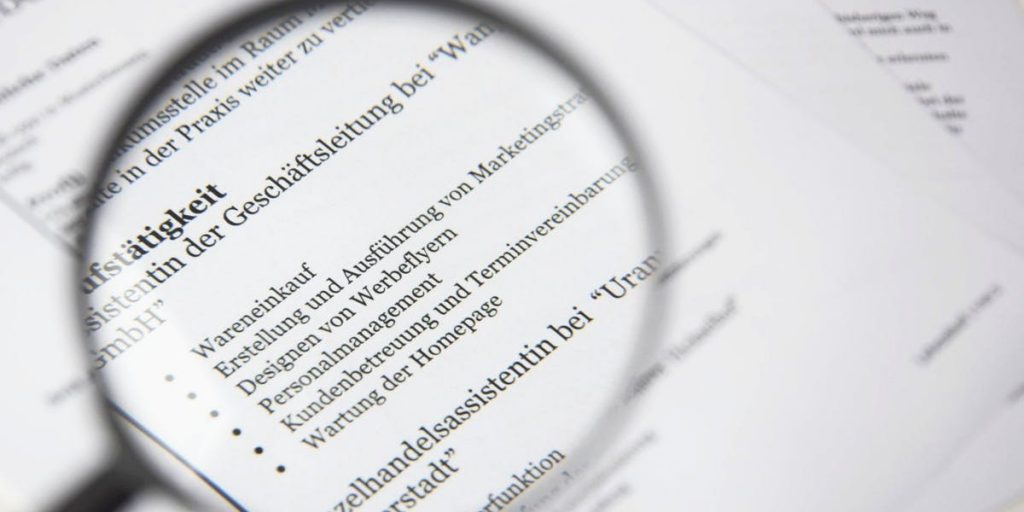 While many steps may be taken to prevent accidents, most are, unfortunately, unpredictable. For many people, automobile insurance is the silver lining to unforeseeable car accidents. However, the type of insurance policy you have can determine how much of the accident is covered, if it is covered at all, so it is important to understand exactly what you sign up for and always double check for changes. This issue was explored in a case brought to the Twenty-Fourth Judicial District Court for the Parish of Jefferson.
While many steps may be taken to prevent accidents, most are, unfortunately, unpredictable. For many people, automobile insurance is the silver lining to unforeseeable car accidents. However, the type of insurance policy you have can determine how much of the accident is covered, if it is covered at all, so it is important to understand exactly what you sign up for and always double check for changes. This issue was explored in a case brought to the Twenty-Fourth Judicial District Court for the Parish of Jefferson. 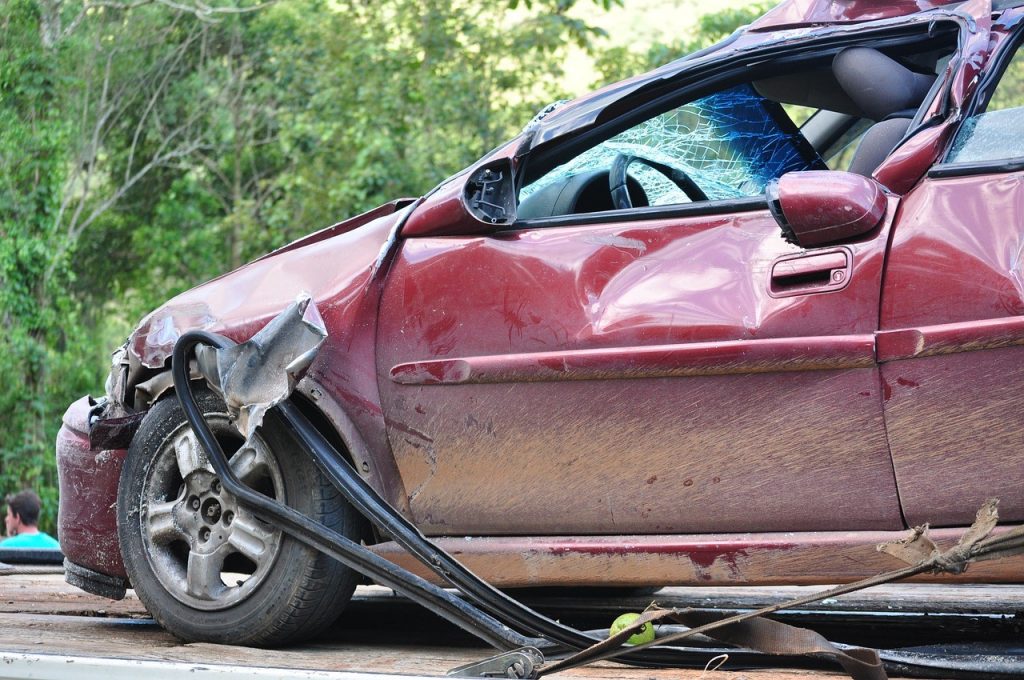 The loss of loved ones is never easy, especially when they are taken away in sudden, unexpected ways. Though there is no dollar value that can replace human beings, monetary damages are a form of recovery in cases of wrongful death. Sometimes the steps to that recovery can be difficult, especially when insurance is involved. This issue was explored in a wrongful death action brought to the Twenty-Ninth Judicial District Court in St. Charles Parish.
The loss of loved ones is never easy, especially when they are taken away in sudden, unexpected ways. Though there is no dollar value that can replace human beings, monetary damages are a form of recovery in cases of wrongful death. Sometimes the steps to that recovery can be difficult, especially when insurance is involved. This issue was explored in a wrongful death action brought to the Twenty-Ninth Judicial District Court in St. Charles Parish.  Do you ever wonder what happens if you get into an accident in a company vehicle when on your lunch break? Whether it is using the company car to pick up food or a quick stop at the mall to grab a birthday gift, most of us have had the thought cross our minds. A recent State of Louisiana First Circuit Court of Appeal (“the Court”) case dealt with this very issue.
Do you ever wonder what happens if you get into an accident in a company vehicle when on your lunch break? Whether it is using the company car to pick up food or a quick stop at the mall to grab a birthday gift, most of us have had the thought cross our minds. A recent State of Louisiana First Circuit Court of Appeal (“the Court”) case dealt with this very issue. We all make mistakes, and, if lucky, are presented with the opportunity to fix them. The same principle can be said for an error in a money damage determination. When a party to a lawsuit believes that the jury or trial court erred in its damage award decision, the party has the ability to appeal. A recent court case out of the Second Circuit Court of Appeal for Louisiana discusses the requirements that are needed to overturn a money damage determination.
We all make mistakes, and, if lucky, are presented with the opportunity to fix them. The same principle can be said for an error in a money damage determination. When a party to a lawsuit believes that the jury or trial court erred in its damage award decision, the party has the ability to appeal. A recent court case out of the Second Circuit Court of Appeal for Louisiana discusses the requirements that are needed to overturn a money damage determination. What happens when a person injures another person?
What happens when a person injures another person?